The Flute: A Timeless Voice of Melody and Air
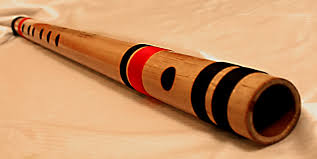
The flute is one of the oldest and most enchanting musical instruments known to humanity. With its airy tone and elegant design, the flute has transcended borders, playing a central role in cultures across the world. Whether it’s the bamboo bansuri of India, the silver concert flute of the West, or the panpipes of South America, the continues to captivate musicians and audiences alike.
A Breath of History
Flutes date back over 40,000 years, with early versions found in prehistoric caves in Europe. In India, the bansuri—associated with Lord Krishna—is mentioned in ancient texts like the Natya Shastra. Over time, different cultures developed their own versions of the flute, evolving it from simple hollow reeds to sophisticated metal and wooden instruments.
Types of Flutes Around the World
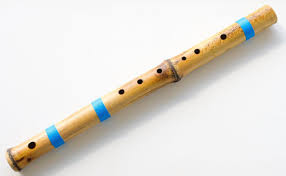
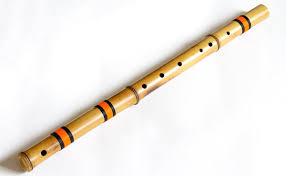
Bansuri (India)
A bamboo transverse flute with a warm, earthy tone, essential in Hindustani classical music.
Shakuhachi (Japan)
An end-blown bamboo flute used in Zen Buddhist meditation and traditional music.
Pan Flute (South America)
Multiple pipes of different lengths tied together, producing a haunting, breathy tone.
Dizi (China)
A bamboo flute with a special membrane that adds a buzzing quality to the sound.
Cultural Significance
The flute holds deep symbolic meaning in many traditions:
Learning the Flute: A Beginner’s Guide
-
- Choose the right flute: Start with a student model that’s comfortable for your hand size and skill level.
-
- Breathing and posture: Good breath control and posture are key to producing a steady, rich sound.
-
- Finger placement: Learn the fingerings slowly and practice scales regularly.
-
- Listening and imitation: Listen to expert flutists to understand tone, phrasing, and style.
-
- Regular practice: As with any instrument, consistent daily practice builds mastery.
Why Play the Flute?
-
- Portable and lightweight
-
- No cords, reeds, or amps needed
-
- Versatile across genres—classical, jazz, folk, spiritual
-
- Enhances breath control and mindfulness
-
- Connects you with a global musical tradition
Portable and lightweight
-
- No cords, reeds, or amps needed
-
- Versatile across genres—classical, jazz, folk, spiritual
-
- Enhances breath control and mindfulness
Conclusion
The flute is an instrument of simplicity and spiritual depth. It invites us to listen more deeply—to the world around us and to the breath within. Whether you’re drawn by its sweet tone, cultural legacy, or meditative power, the flute welcomes everyone to explore music through the gentle force of breath.
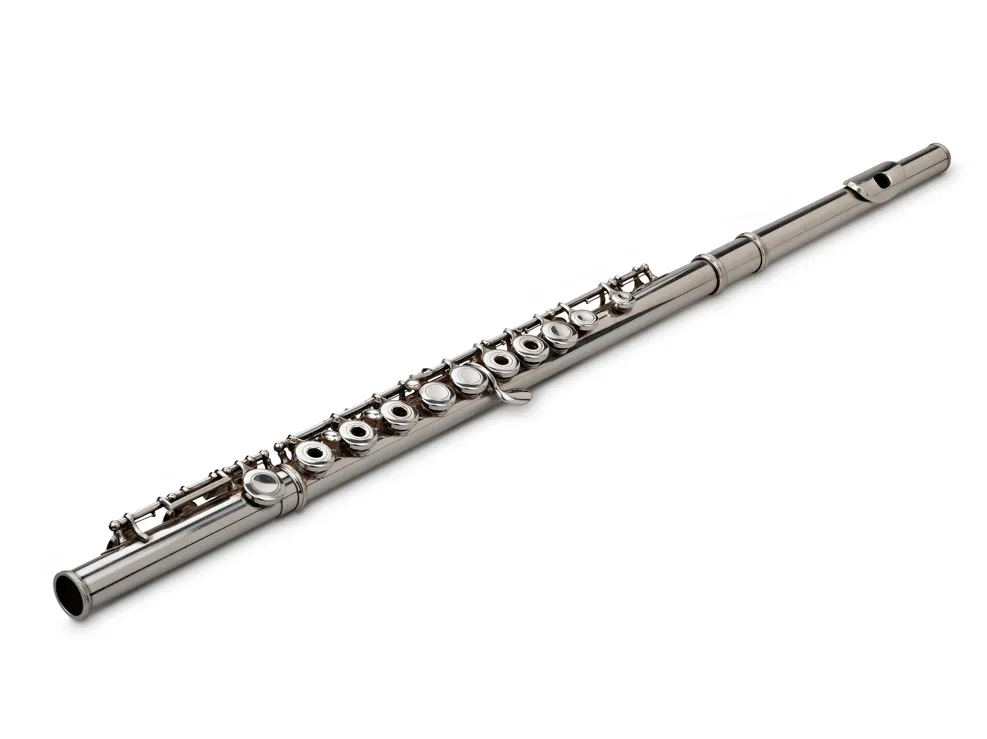
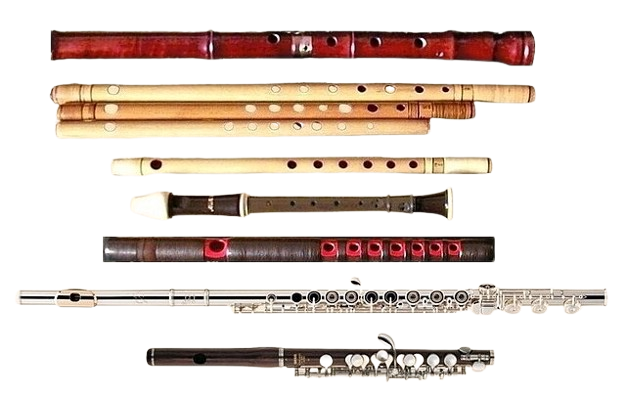
The Flute: Nature’s Oldest Voice in Music
Introduction
Among the vast family of musical instruments, the flute holds a special place. With nothing more than breath and a hollow tube, it creates sounds that are as haunting as they are beautiful. Found in nearly every culture around the world, the flute is one of humanity’s earliest and most enduring instruments—a true testament to the power of simplicity in music.
A Journey Through Time
The flute is believed to be over 40,000 years old, with the oldest surviving examples made from bird bones and mammoth ivory. From these humble beginnings, the flute evolved across continents:
-
- In India, the bansuri became a divine symbol, played by Lord Krishna.
-
- In China, the dizi added a buzzing membrane for a unique tone.
-
- In the West, metal flutes became staples in classical orchestras.
-
- In South America, panpipes and Andean flutes are central to folk traditions.
Its adaptability and ease of construction made it a global phenomenon long before modern instruments emerged.
Types of Flutes
While there are countless variations, most flutes fall into a few main types:
-
- Concert Flute (Western) – Made of metal, used in classical and contemporary music.
-
- Bansuri (Indian) – A bamboo transverse flute with a mellow, earthy tone.
-
- Pan Flute (South American) – A set of tubes tied together, each producing a different note.
-
- Shakuhachi (Japanese) – An end-blown bamboo flute used in Zen meditation.
The Flute’s Unique Charm
-
- No reeds or strings—just air and skill.
-
- Portable and durable, perfect for travel and solo practice.
-
- Expressive tone—capable of sweet melodies and dramatic flourishes.
-
- Versatile—fits seamlessly into genres like classical, jazz, folk, and meditation music.
It’s one of the few instruments that can truly “sing” like the human voice, making it a favorite for both solo performances and ensemble work.
Why Learn the Flute
-
- Accessible – Beginner flutes are affordable and easy to learn.
-
- Breath Control – Teaches lung strength and mindful breathing.
-
- Mind-Body Connection – Enhances focus, posture, and coordination.
-
- Creative Outlet – Allows for improvisation and emotional expression.
-
- Cultural Insight – Explore music from around the globe.
